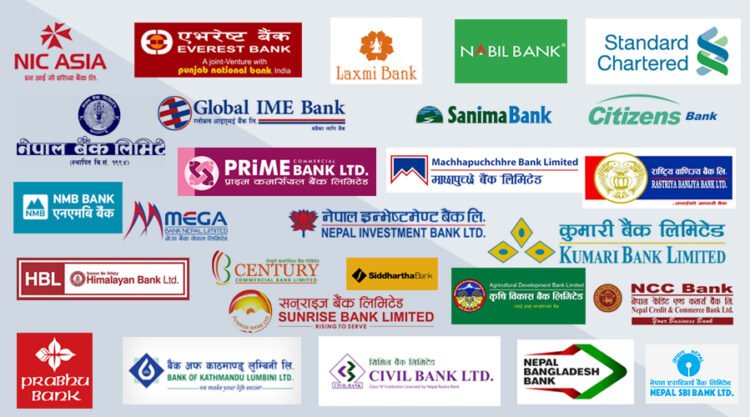KATHMANDU: The banking system is currently facing an unprecedented surplus of liquidity, with the Nepal Rastra Bank (NRB) reporting an excess of over Rs 650 billion.
Recent data reveals that while commercial banks can invest up to 90% of their deposits, they have only utilized 80% for loans. This results in an average loan-to-deposit ratio (CD ratio) of around 80% for banks.
This situation has prompted pressure on the NRB to manage the excess liquidity. The daily withdrawal of billions of rupees from the system has become a necessity due to the economic slowdown, resulting in decreased demand for loans. In response to the heightened demand for credit, banks have consistently lowered their interest rates.
The NRB has been cautious about increasing the statutory liquidity ratio (SLR) to avoid further constraints on banks’ lending capabilities. In addressing this concern, the central bank has allowed banks to maintain the SLR at 8.5% for now, with plans to increase it to 9% in the upcoming fiscal year.
Furthermore, some banks, including Himalayan, Nabil, and Machhapuchhre Bank, are under pressure due to additional capital requirements arising from the merger and acquisition process.
Despite the central bank’s efforts to alleviate the liquidity situation, the surplus funds have not translated into increased lending activities by the banks, raising concerns about the efficiency of monetary policy transmission.





